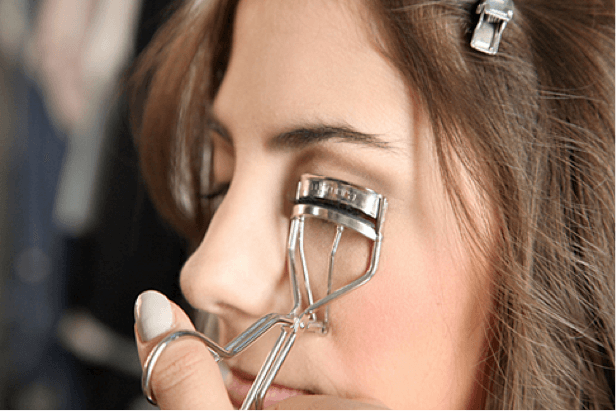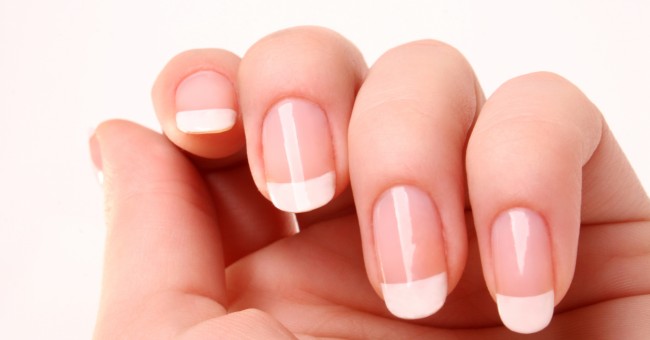All winter long you have been waiting for summer to show its warm, sunny self, but don’t be fooled. This seemingly sexy season isn’t all butterflies and bikinis.
Summer can wreck havoc with your skin and hair, so you really have to take the proper precautions.
Here are 5 of the worst things that can happen to you in the summer, and what you can do to prevent, treat, and reverse any damage done.
1. Heat rash
Hot weather can cause two types of heat rash; a skin condition caused by blocked sweat ducks and trapped sweat beneath the skin. The first is miliaria crystallina (clear sweat rash), which appears as clear pinpoint blisters that look like small beads of sweat. The blisters don’t hurt but appear on your skin when you perspire a lot and are in the sun.
SEE ALSO: 5 tips to look beautiful this summer without make up
The other kind of heat rash, miliaria rubra (red heat rash), occurs when sweat is trapped and the skin becomes inflamed and itchy.
What you can do: To keep clear heat rash at bay, exfoliate your skin daily with a gentle formula, or wipe your skin down with a glycolic acid wipe, three to four times a week.
To get rid of red heat rash, wash skin daily with a gentle cleanser and a apply a 1% hydrocortisone cream to reduce the redness.
RECOMMENDED: Cover Rescue from Claudia Fallah
2. Blisters
You can get a blister on your foot any time of year if your shoes are ill fitting due to friction, but the issue worsens when you add the summer heat into the mix. High temperatures and sweat make your skin that much tackier and cause it to grip onto your shoes even more than usual, causing a little bubble to form that is either filled with fluid or air.
What you can do: Stretch out your shoe by hitting it with some heat from a hair dryer and slipping your foot covered in a thick sock into the shoe. Walk around until the shoe cools to stretch it out a bit. This will help to minimise any blisters from forming.
You can also apply a little petroleum jelly where the shoe might rub to provide some added slip. If you already have a blister, protect it with a thick, flexible bandage. Whatever you do, don’t pop it as this can lead to a nasty infection!
3. Dry hair (especially if coloured)
Summer includes overexposure to the sun, including swimming, and products with alcohol, which can all, dehydrate your hair.
Harmful UV rays can also make your colour fade if you have coloured hair.
What you can do: Use a product that contains UV protectors to guard and moisturise your hair every day. You will also get a mix of vitamins A, C and E to restore and prevent future damage and drying. If you are outside for a long time with the sun beaming, wear a hat to provide extra protection.
Summer is the time to let your hair go a couple of shades lighter, but avoid using homemade remedies like lemon juice and hydrogen peroxide. While these are effective at bleaching your hair, they are also effective at increasing breakage and damage.
4. Acne
Even if you usually don’t break out, you might see a few spots appearing in the summer, thanks to the heat, which triggers excess sweat to mix with the existing dirt and bacteria on your face. If you have been fighting the good fight against acne for a while now, don’t give up and hang in there.
If you are applying sunscreen and not using the right formula for your skin, your pores can clog too.
What you can do: Use a sunscreen that is noncomedogenic and is also gel-based. These types tend to not break you out.
If it’s back acne that you are dealing with, spray yourself with an anti-acne body spray with glycolic and salicylic acid, before heading out in the heat.
5. Razor burn and ingrown hairs
In the summer, you are likely shaving more frequently since you are wearing swimming costumes. The swimsuit itself can irritate your bikini line and contribute to ingrown hairs, thanks to its tight fit.
What you can do: Use a hydrating shaving cream when you shave, and follow with an application of inflammation-minimising serum which contains vitamin E and aloe vera. Switch out your razor every two or three weeks for a new one to make sure the blade gives you the smoothest and cleanest shave. In between shaves, exfoliate your skin to keep your pores clear; this will also make your hair less likely to grow back into the skin, causing ingrown hairs.
For longer-lasting hair removal opt for laser hair removal.




